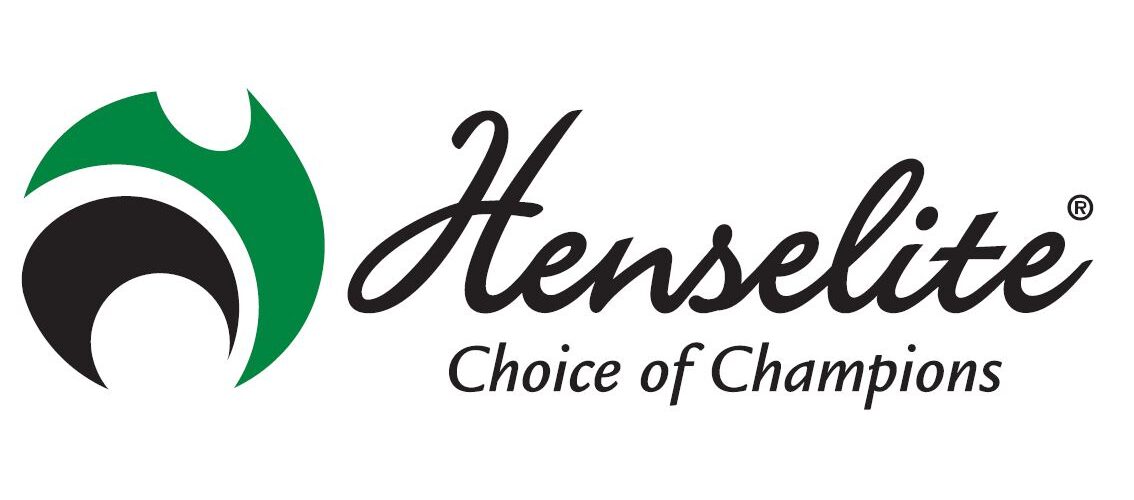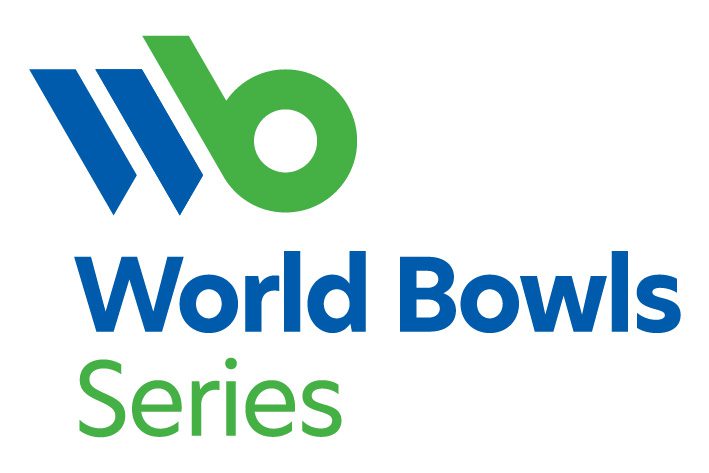Guidelines for Markers
When to approach the head
Markers should always be conscious of the fact that their primary responsibility is to the players and not to the spectators. They need to choose with care, therefore, the best time to approach the head to determine which bowls are shot. Approaching the head should only be considered when there is no risk of disturbing either player’s concentration.
It is appropriate to approach the head:
- during any gaps in play
- when, after visiting the head, a player is walking back to the mat with eyes facing the direction of the mat.
It is not appropriate to approach the head:
- when a player is preparing to deliver a bowl
- when a player is inspecting the head
- when, after visiting the head, a player is walking back to the mat with eyes still focused on the head.
How often should the lollipops be displayed?
As a general rule, the marker should only start displaying lollipops when both players have delivered two bowls (that is, when there are four bowls in the head) and then only display them thereafter if the number of shots which a player is lying has altered since the previous time the lollipops were displayed.
However, the number of times when lollipops should be displayed during the course of an end will vary from game to game. For example, if the game is being played between two players who are ‘quick onto the mat’ there may be no opportunity to display the lollipops until one of the players makes a visit to the head (and this may not happen until six bowls have been played, if at all).
The marker, therefore, often has to make a subjective judgement as to when the time is right. In making this judgement it should be borne in mind that lollipops should be used to add value to, and not detract from, the viewing public’s experience. For example, it is usually not appropriate to display the lollipops:
- after only one bowl has been played
- after two bowls have been played, when one bowl is lying touching the jack and the other is 2 metres or so behind the jack
- when it is clear to everyone that the state of the head has not changed since they were last displayed (for example, when a bowl which has just been delivered finishes up in the ditch without touching anything)
- after each bowl has been played unless, of course, the head has been altered by each bowl.
By a similar token, it may not be appropriate to have five or six bowls played without displaying the lollipops in the interim, even though the head has not been altered – displaying them to confirm the state of the head may add value in these circumstances because several minutes may have elapsed since their previous display.
Striking a balance between the players’ need to be undisturbed and the spectators’ need to be kept informed can often be quite difficult! Should there be any conflict in the marker’s mind, however, it should always be resolved in favour of the players’ need.











